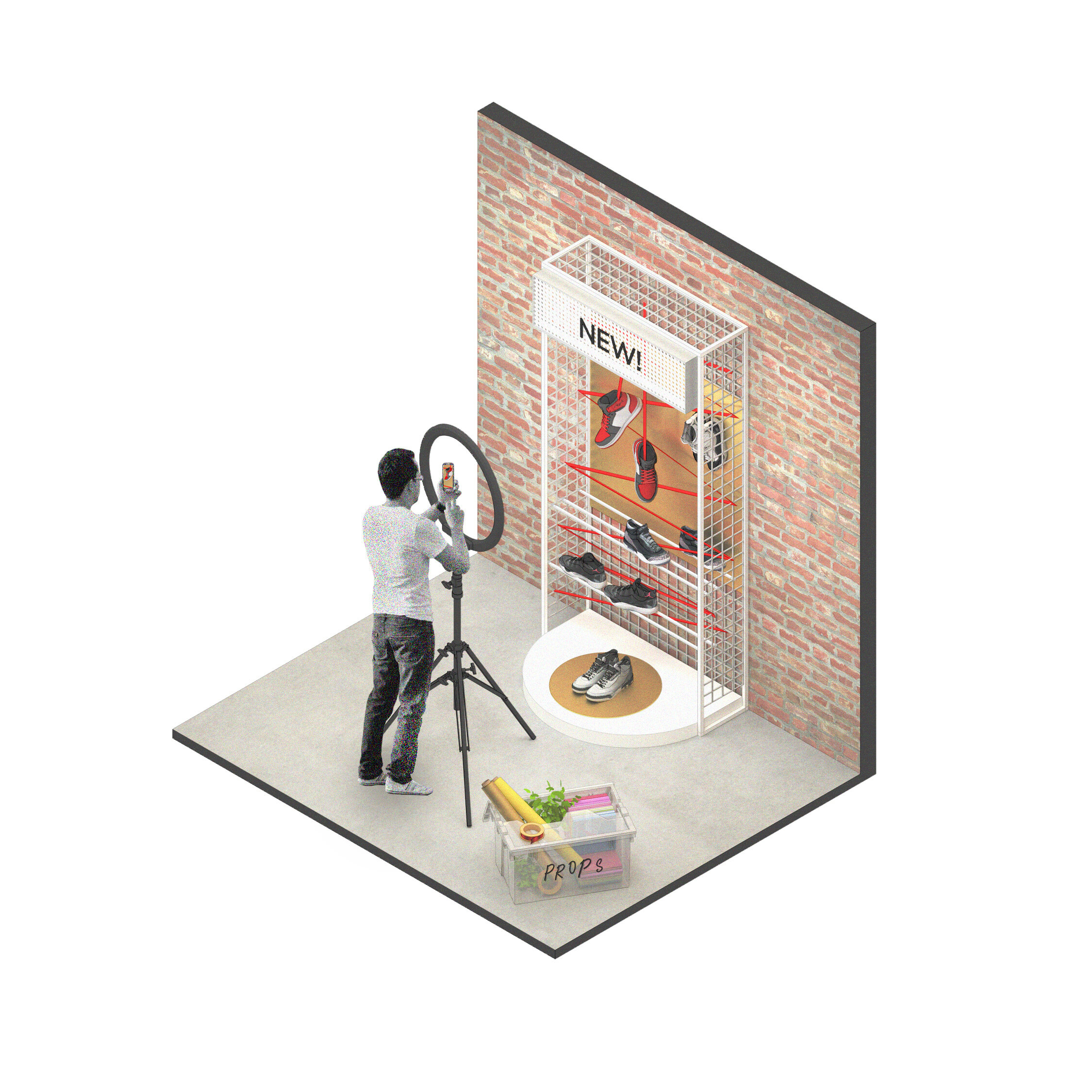Fast Forward, Part 4: Charity Shops
A 6-part series on creative future approaches to retail
Featured in A1 Retail Magazine
Part FOUR: Charity Shops
By Emma Gullick, Associate Creative Director at design agency Phoenix Wharf
What are the challenges in this sector?
In spite of reduced rates for charity shops, high-street rents remain high. For a retailer selling low-price products, high-volume sales are vital, whilst presenting the problem of cluttered and over-stocked stores with little outstanding visual interest - a major turn-off for time-poor, younger customers seeking a more curated and contemporary product offer.
Charity shop stock evaluation has of course evolved over time, with fashion-aware people picking out high-value items early on. Individual stores, however, remain mostly manned by volunteers with little or no contemporary styling expertise, so knowledge at HQ level rarely translates to the shop floor, where items are still traditionally grouped according to type, size and colour.
The new vision
We envisage a new approach where charity shops are married to contemporary styling and technology, as well as becoming centres for sustainable re-use and reinvention, attracting a new and younger clientele without alienating current shoppers.
To achieve this, charity shops need to capitalise on their USP - the unique, one-off items they sell - whilst making huge leaps forward in how items are styled, presented and sold. ‘Unique’ could also become ‘bespoke’ via the introduction of instore repair areas, where a stylist-repairer could add patches or badges, with the potential for more major alterations offsite.
Influencer styling
The knowledge needed to add contemporary appeal could come via local college fashion courses, on a voluntary or certification basis, or by liaising with local school and community programmes, using young enthusiasts as styling advisors to create social media programming based on ‘new drops’ or the ‘item of the week’, for example. A stand-out new look could be showcased via a photo booth area on the shop floor to build advance excitement and anticipation, making the unpredictable nature of stock a core strength. This approach would then follow into e-commerce. Many charity stores already have presences on leading, pre-loved fashion websites, but the content - so key for connecting with a younger marketplace - often pales by comparison with the styling presented by vintage stores.
Ahead of the sustainable curve
Charity stores are naturally ahead on the sustainability curve, avoiding clothing - and fast fashion in particular - going to landfill. Much more could be made of this natural overlap, so resonant with younger generations. Charity shops could become leaders in imaginative re-use, both for their new repair areas and by creating tutorials and podcasts on how to find and adapt the coolest items. To lock into wider recycling programmes, clothing unsold after a certain period of time would always leave the shopfloor, allowing stock to remain current and communicating circular economy messaging at every stage.
Thank you for reading!
Did you miss our previous series on Liquid Retail?
Adapt and transform your brand to meet customer needs in the quickest and most efficient way possible. Click on the button below to download the full eBook, or contact us here.






